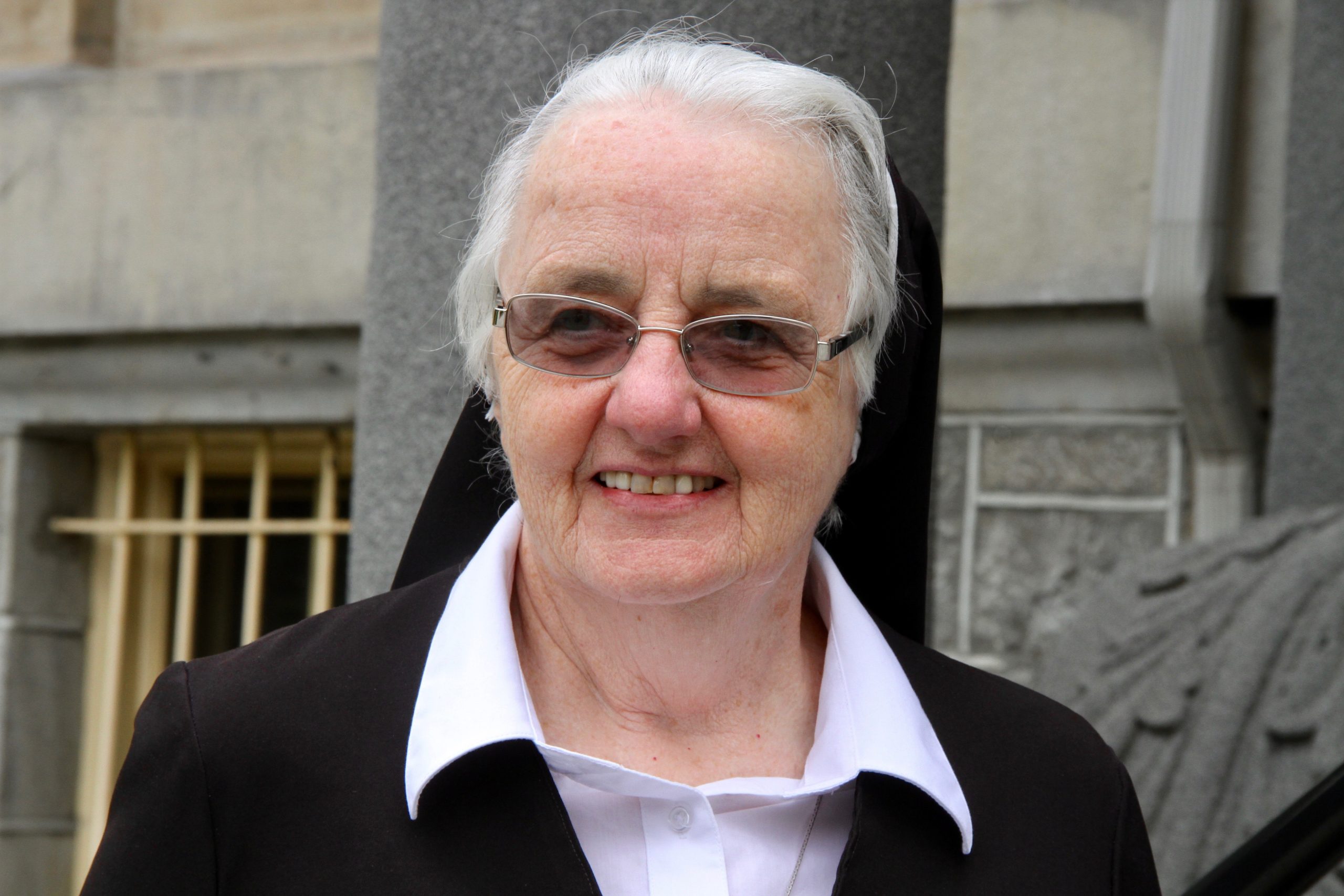God With Us
In Memphis, TN, there is a museum called The Pink Palace Mansion. In it there is a very large painting which covers a whole wall. It is called, “Heaven Waits for Mary’s Response.” It is a swirl of colors of dozens of angels seemingly in mid-flight. Every head looking down expectantly. The artist has created a sense of the entire group collectively holding their breaths.
The Church names this moment Annunciation. March 25th is the day it celebrates the Annunciation of Mary, which is exactly nine months before Christmas Day. The feast commemorates the day Mary was asked if she would consent to be the mother of Jesus. Of all the unimaginable realities of the miraculous birth of Jesus, three aspects are celebrated on this feast.
First. God will become human in the person of Jesus Christ.
Second. His mother will be a human person.
Third. God’s designs are dependent upon the consent of a teenage girl.
In the gospel, the account is brief: The angel Gabriel appears to Mary, a young girl from Nazareth, and tells her that God wants her to be the Mother of the Messiah, Emmanuel. Mary asks how it can happen. Gabriel answers that the Holy Spirit will come upon her and she will conceive a child who will be the Son of God.
Perhaps this year it might be profitable to imagine the scene with Mary and the angel Gabriel in a new way. We have grown up with Christmas and know Mary said yes and Jesus was born nine months later on Christmas Day.
The painting breaks through our mere nod to the feast. God really did ask Mary for her consent. Mary could have said no or God would have violated the very freedom in which Mary was created. God waited upon the word of a girl. In Mary’s indomitable courage, extraordinary faith, and intimate love and knowledge of her God, the “yes” welled up from every fiber of her being. She was a yes to God from the moment of her birth.
Those angels in the painting can breathe a sigh of relief and a song of joy, as they did in Bethlehem, Mary has accepted to be the life-bearer of Emmanuel, Messiah, the Son of God.
Now the challenge awaits us. Jesus Christ does not need to be born again as a person. That was once and for all. Yet for Christ to live among us and with us and all around us, for Christ to be at every sick person’s bed-side or in the midst of war and agony, for Christ to accompany every desperate refugee or lost teenager, we have to accept the request of God to be the Christ-bearer in our lives. Our yes is as critical in our day as Mary’s was. God is among us. Emmanuel means God with us. But it is our hands and our feet, our voices and our actions, our hearts and our love that will make him incarnate in our world.
Article first published by the Rhode Island Catholic
